There are six isomeric alkenes (A, B, C, D, E, and F) that require 1 mol of per mole of alkene for hydrogenation and give the same product (G) on hydrogenation. G is an alkane having the lowest molecular mass and is optically active. Write the structure of compounds from A to G.
First, wire the structure of G. It can be:
(I) 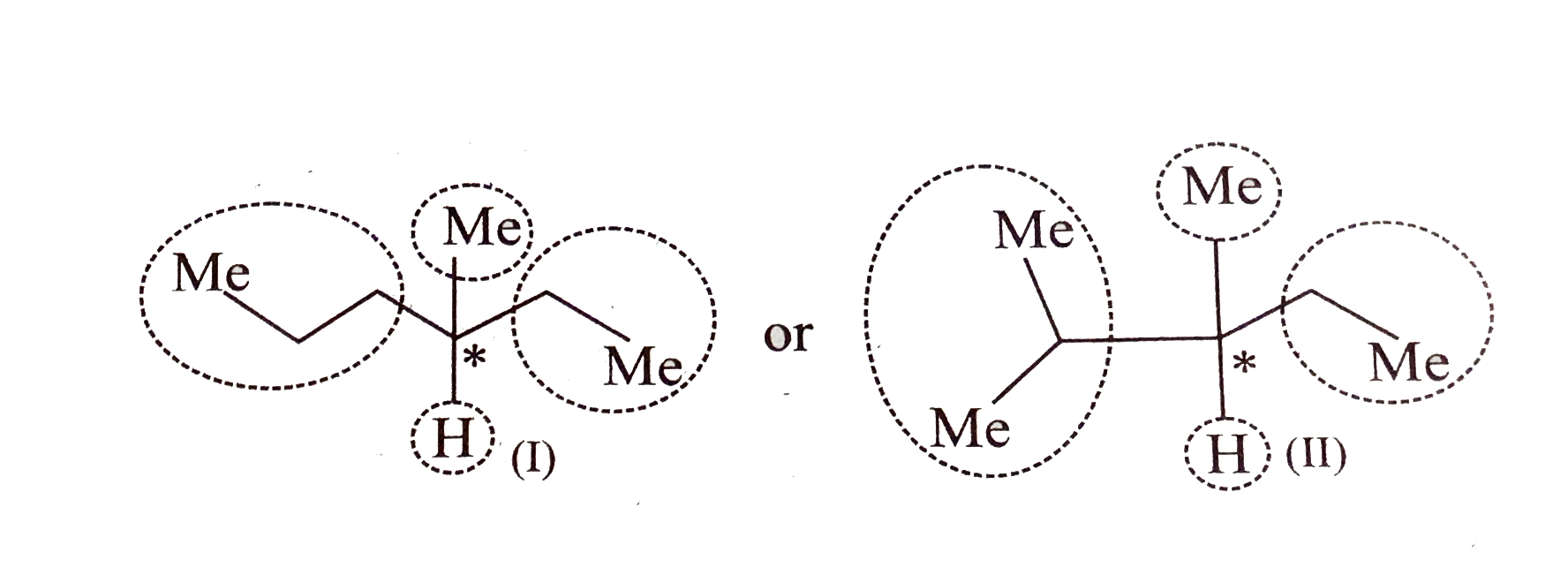 or (II)
or (II) 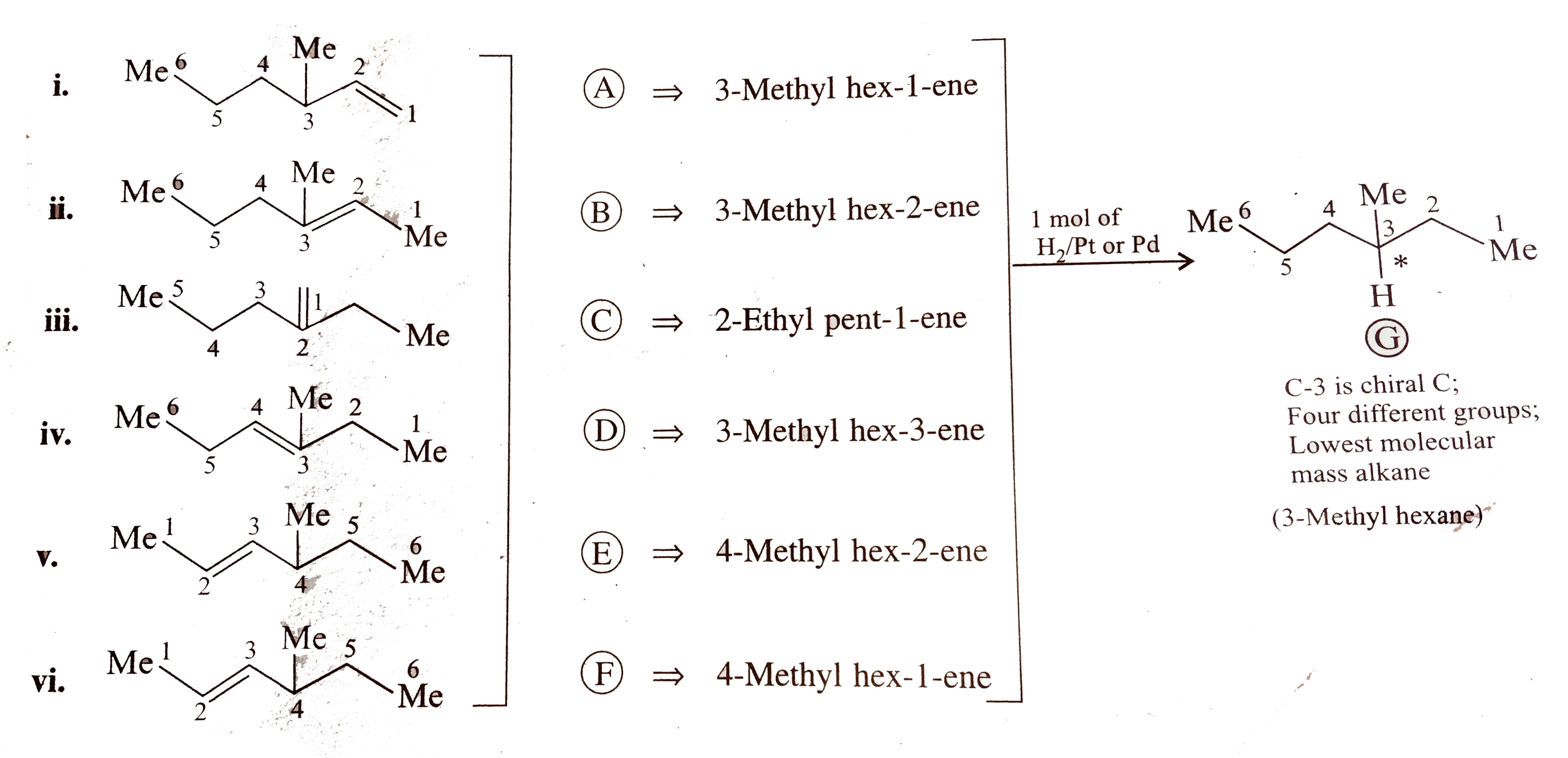
(I) can be obtained by six different alkene but (II) can be obtained by five different alkenes. So G is (I)
Topper's Solved these Questions
- BOOK - CENGAGE CHEMISTRYCHAPTER - ALKANES AND CYCLOALKANESEXERCISE - Paragraph for problem24videos
ALKANES AND CYCLOALKANES
- BOOK - CENGAGE CHEMISTRYCHAPTER - ALKANES AND CYCLOALKANESEXERCISE - True and False1videos
ALKANES AND CYCLOALKANES
- BOOK - CENGAGE CHEMISTRYCHAPTER - ALKANES AND CYCLOALKANESEXERCISE - SOLVED EXAMPLES19videos
ALKANES AND CYCLOALKANES
- BOOK - CENGAGE CHEMISTRYCHAPTER - ALKENES AND ALKADIENESEXERCISE - Single correct Answer14videos
ALKENES AND ALKADIENES
Similar Questions
There are five isomeric alkenes (A, B, C, D, and E) that require 1 mol of H2 per mole of alkene for hydrogenation and give the same product (F) on hydrogenation. F is an alkane having the lowest molecular mass and is opticalar mass and is optically active. Write the structures of the compounds from A to F.
View SolutionGive the structure of an optically active alkene (A) having the lowest molecular mass, which on catalytic hydrogenation gives an optically inactive compound (B).
View Solution
Knowledge Check
- Question 1 - Select One
Compound (X) on complete catalytic hydrogenation with H2/Pt gives an alkane. The number of moles of H2 required per mole of compound (X) is:
A2B3C4D5 - Question 2 - Select One
Carbene intermediates are produced by the photolysis of diazomethane (CH2N2) or kenene (CH2=C=O). They are also produced by the reaction of CHX3 with base or by Simmons-Smith reaction. There are two types of carbenes, singlet and triplet. They are so called due to their spin state.
An optically active alkene (I) with lowest molecular mass on hydrogenation gives optically inactive alkene, but on insertion of methylene carbene (:CH2) in (I), it gives optically active compound (II). The compounds (I) and (II) are :
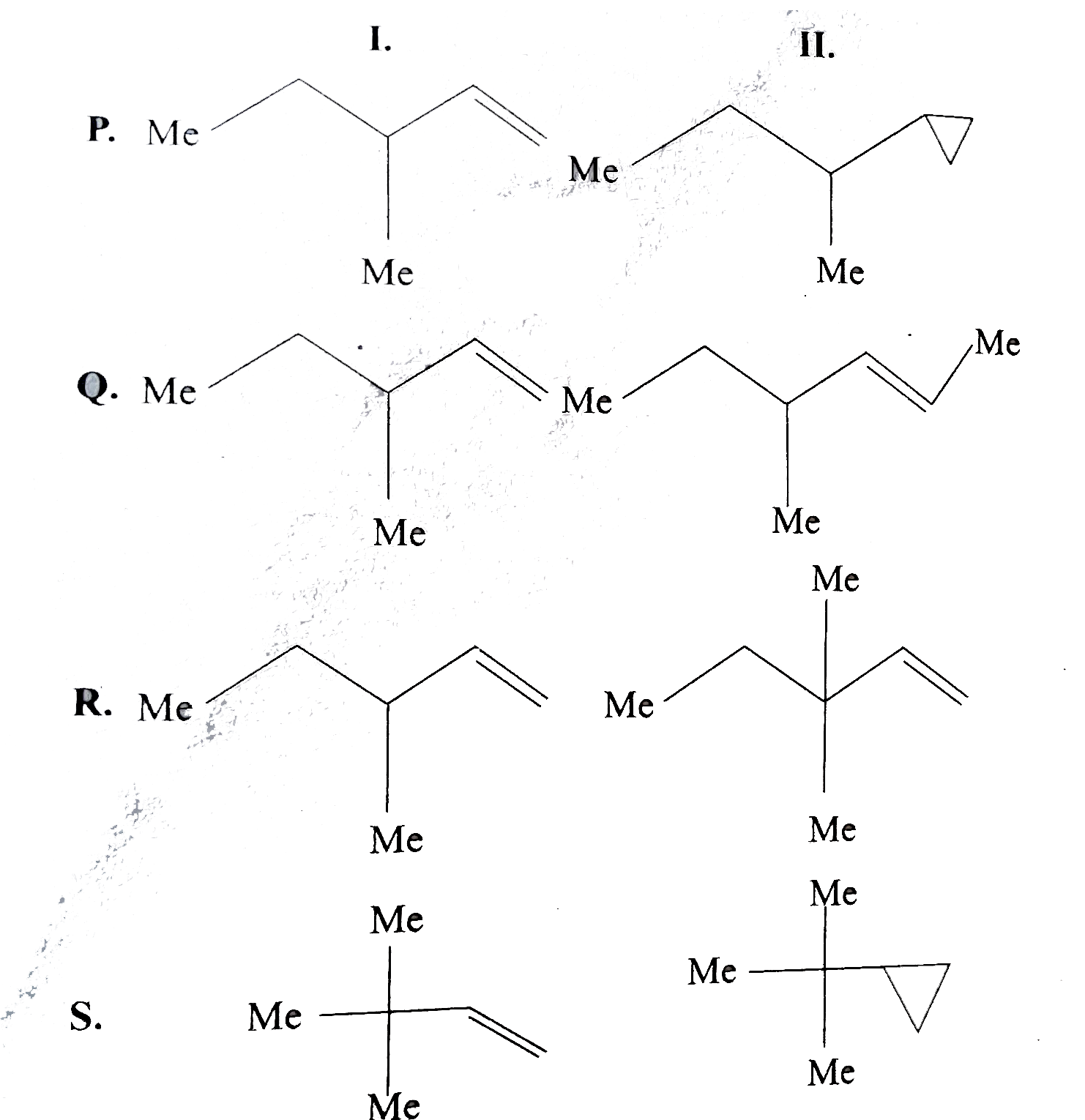 .APBP,RCP,Q,DP,Q,R
.APBP,RCP,Q,DP,Q,R - Question 3 - Select One
Two isomeric halo alkenes (A) and (B) have molecular formula C5H9Cl. (A) gives optically inactive compound whil (B) give optically active compound in hydrogenation. The two iosmers respectively are:
A3-chloro-1-pentane and 4-chloro-2-penteneB4-chloro-1-pentene and 2-chloro-2-penteneC3-chloro-2-pentene and 1-chloro-2-penteneD1-chloro-1-pentene and 5-chloro-1-pentene
An optically active alcohol A (C6H10O) absorbs 2 mol of hydrogen per mole of A upon catalytic hydrogenation and gives a product B. The compound B is resistant to oxidation by CrO3 and does not show any optical activity Deduce the structures of A and B.
View SolutionExplain the following:
a) Why alkenes are more reactive than alkanes?
b) Acetylene reacts with ammoniacal silver nitrate solution or ammoniacal cuprous chlroide solution or sodamide to form an acetylide while ethylene does not.
c) But-2-ene shows geometrical isomerism but but-1-ene does not show.
d) Why has but-1-yne a larger dipole moment (0.80 D) than but-1-ene (0.40D) ?
e) Wjhuy alkylnes are slightly more soluble in water than alkenes and alkanes?
f) Cyclopropane is more reactive than cyclobutane.
g) Cyclopentane is more reactive than cyclobutane.
h) Which isomer of C4H)(9)Br yeilds only a single alkene on dehydrobromination?
i) Write the products of dehydrochlorination of the following:
(j) Which of the following reactions would provide a better synthesis of 2-pentene?
k) Write the major products of dehydration of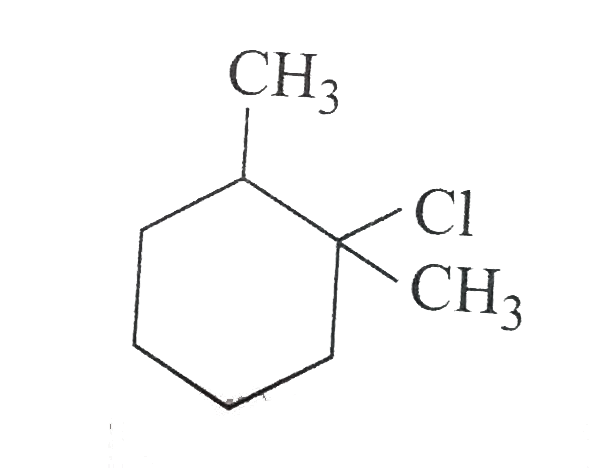
l) Comparison of heat of hydrogenation for the following alkenes:

m) Write the intermolecular step and give the product of the following reactioni:

n) Give the structures of an optically active alkene (A) having the lowest molecular mass, which on catalyst hydrogenation gives an optically inactive compound (B).

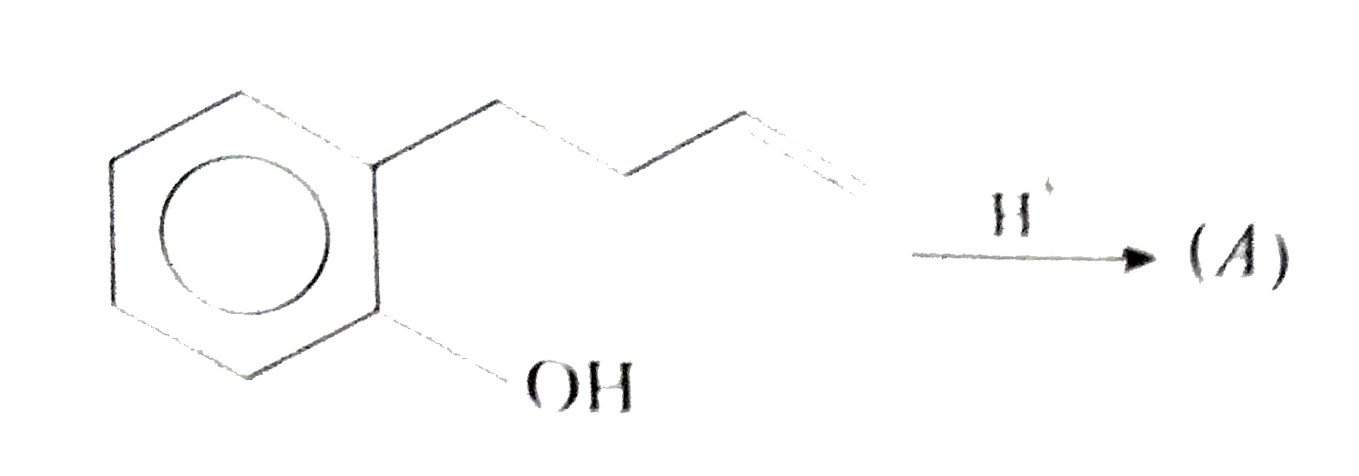 View Solution
View SolutionGive the structure of an optically active alkyne (A) having the lowest molecular mass, which on hydrogenatio with Lindlar's catalyst and Birch reduction gives the same lowest molecular mass optically active alkene. Also explain why. ltbr> But alkyne (A) on hydrogenation with D2, with Lindlar's catalyst, and reduction with Na+liq. ND3+EtOH gives a different optically active alkene. Explain.
View SolutionAn optically active compound having molecular formula C8H10 on ozonolysis gives acetone as one of the products. The structure of the compound is
View SolutionAn optically active compound having molecular formula C8H16 on ozonolysis gives acetonic as one of the products. The structure of the compound is:
View Solution
